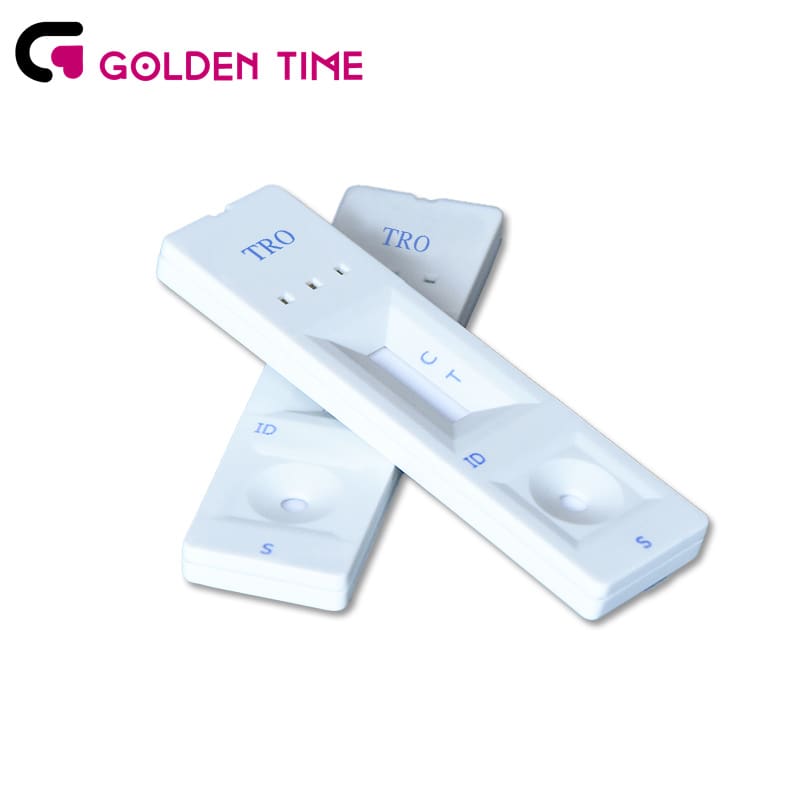Dec . 06, 2024 16:11 Back to list
lh strips ovulation test
Understanding LH Strips and Ovulation Testing A Guide for Women
Ovulation is a critical aspect of a woman's reproductive health, and understanding it can be the key to achieving pregnancy or managing fertility. One of the most effective and accessible tools for tracking ovulation is the LH strip, a type of ovulation test that can help detect the surge of luteinizing hormone (LH) in the body. This article aims to provide an overview of how LH strips work, their advantages, and some tips for accurate usage.
What are LH Strips?
LH strips are simple, urine-based tests designed to identify the presence of LH in urine. Around the time of ovulation, typically about 24 to 36 hours before the release of an egg, the body experiences a surge in LH. This surge is what LH strips are designed to detect. By measuring this spike, women can predict their most fertile days, thereby increasing their chances of conception.
How to Use LH Strips
Using LH strips is straightforward. Here’s a step-by-step guide
1. Determine Your Cycle It’s essential to note the length of your menstrual cycle. Most cycles range from 28 to 32 days. This will help you figure out the best time to start testing. 2. Start Testing Begin testing a few days before your expected ovulation date. This is typically 12-14 days before the start of your next period, but since every woman’s cycle can vary, personalized adjustments may be necessary.
3. Collect Urine Sample You can either urinate directly on the strip or collect urine in a cup and dip the strip into it. It’s usually recommended to test in the afternoon or evening when the LH surge is most likely to occur.
4. Read the Results Upon dipping the strip, wait for the instructed amount of time, typically around 5 minutes. Compare the test line with the control line. A positive result (the test line is as dark or darker than the control line) indicates that an LH surge is occurring.
lh strips ovulation test

Advantages of LH Strips
1. Cost-Effective LH strips are generally inexpensive compared to other fertility monitoring methods. They are widely available at pharmacies and online.
2. Non-Invasive Being a urine test, LH strips offer a non-invasive way to monitor ovulation without the need for blood tests or medical procedures.
3. User-Friendly Most women find LH strips easy to use, requiring minimal guidance.
4. High Accuracy When used correctly, LH strips can provide reliable results, making them a popular choice for women trying to conceive.
Tips for Accurate Testing
- Follow Instructions Always read and follow the manufacturer’s instructions carefully for the best results. - Consistent Timing Try to test at the same time each day to maintain consistency in your results. - Limit Fluid Intake Avoid excessive fluid consumption an hour before testing, as this may dilute your urine and affect the accuracy of the test. - Track Other Signs Consider tracking additional ovulation signs such as basal body temperature and cervical mucus to improve the accuracy of your ovulation predictions.
Conclusion
LH strips are a practical tool for women seeking to understand their ovulation cycle better. By detecting the LH surge, these strips provide invaluable information regarding the most fertile days of the month, empowering women in their family planning. Whether you are trying to conceive or simply wish to be more attuned to your body’s reproductive health, incorporating LH strips into your routine can lead to a deeper understanding of your cycle and enhance your overall fertility awareness.
-
Dengue NS1 Rapid Diagnostic Test Kit
NewsMar.07,2025
-
Dengue NS1 Rapid Diagnostic Test Kit
NewsMar.07,2025
-
Dengue NS1 Rapid Diagnostic Test Kit
NewsMar.07,2025
-
Transferrin Rapid Test Cassette Tumor Marker TF Card
NewsMar.07,2025
-
Malaria Pf Pan Rapid Diagnostic Test Kit
NewsMar.07,2025
-
malaria pf / pan ag rapid test
NewsMar.07,2025

